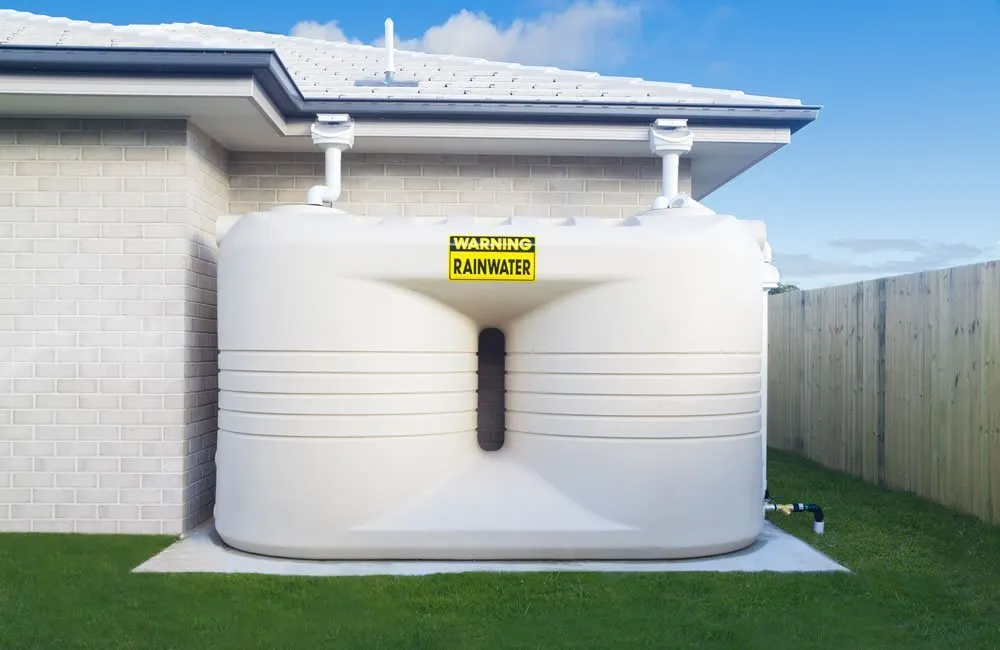Water scarcity is a growing concern around the world, with many regions facing droughts and water shortages. In response to this challenge, more and more people are turning to innovative solutions to create self-sufficient water supplies. From rainwater harvesting to greywater recycling, there are a variety of techniques that can help individuals and communities become less reliant on traditional water sources.
One of the most popular methods of creating a self-sufficient water supply is rainwater harvesting. This involves collecting rainwater that falls on roofs and other surfaces and storing it for later use. Rainwater can be collected in tanks or barrels and used for watering plants, flushing toilets, and even for drinking with proper filtration. Rainwater harvesting is a simple and effective way to reduce reliance on municipal water supplies and can be easily implemented in both residential and commercial settings.
Greywater recycling is another technique that can help create a self-sufficient water supply. Greywater is wastewater from sinks, showers, and washing machines that can be recycled and reused for non-potable purposes. By treating and filtering greywater, it can be used for watering gardens, flushing toilets, and even for laundry. Greywater recycling not only reduces water consumption but also helps to reduce the strain on municipal wastewater treatment plants.
In addition to rainwater harvesting and greywater recycling, there are other ways to create a self-sufficient water supply. Some people are turning to desalination technologies to turn seawater into freshwater, while others are exploring the use of water-efficient appliances and fixtures to reduce water usage. By combining these various techniques, individuals and communities can create a sustainable water supply that is less reliant on traditional sources.
Creating a self-sufficient water supply not only helps to conserve water resources but also reduces dependence on municipal water supplies, which can be vulnerable to disruptions and shortages. By implementing rainwater harvesting, greywater recycling, and other water-saving techniques, individuals and communities can become more resilient in the face of water scarcity and ensure a reliable water supply for the future.
Overall, from rainwater harvesting to greywater recycling, there are a variety of ways to create a self-sufficient water supply. By implementing these techniques, individuals and communities can reduce water consumption, conserve resources, and become more sustainable in their water use. As water scarcity becomes an increasingly pressing issue, creating self-sufficient water supplies is an important step towards ensuring a reliable and resilient water future.

